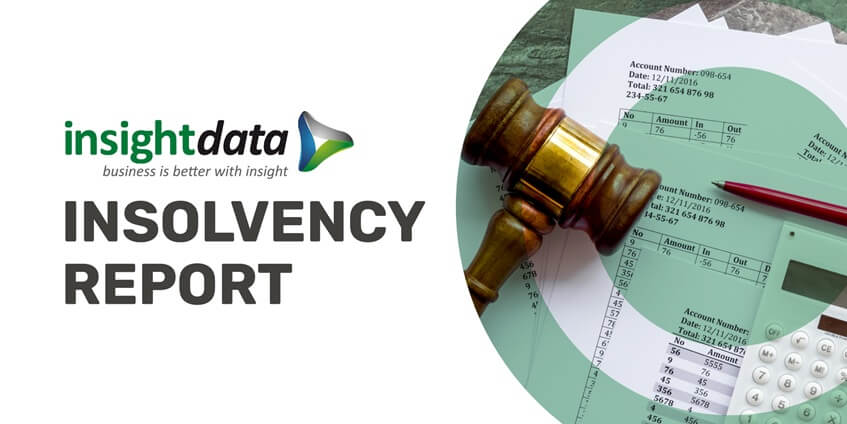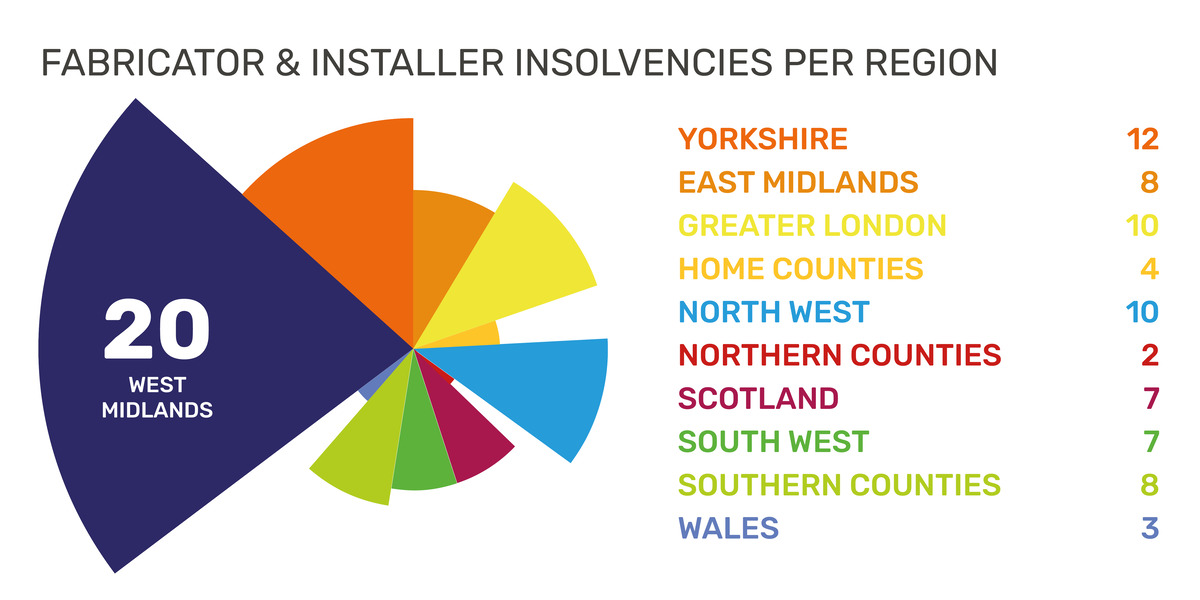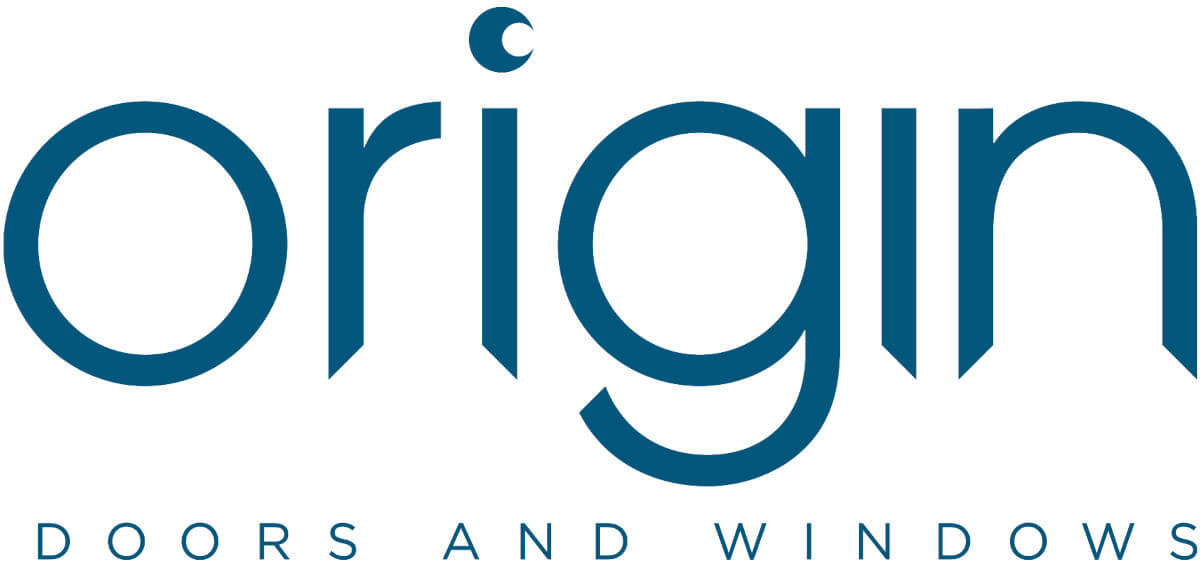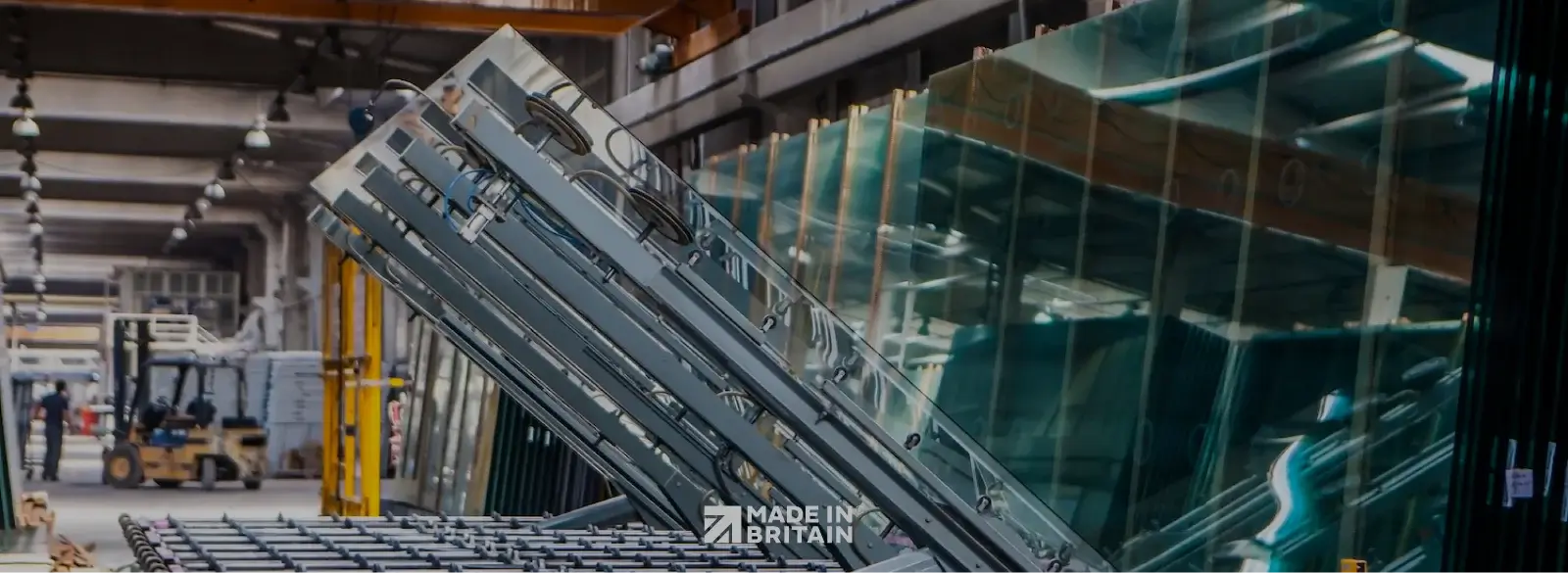The Job Protection Scheme’s extension brings some certainty – but questions still remain

In May, the Treasury announced that its multibillion-pound Job Protection Scheme would be extended until October. The news was met with relief by thousands of businesses around the country – but as Insight Data’s Jade Greenhow explains, many questions still remain.
Today, the wages of 8 million private sector workers are being paid by the government, as part of the greatest state intervention in the economy since the Second World War.

Chancellor Rishi Sunak ripped up the fiscal rule book when he launched the initiative back in March, which pays 80% of furloughed workers’ wages, up to a maximum of £2,500 per month.
But given the scale of the challenge posed to all sectors of the economy by the ongoing pandemic, it wasn’t surprising when he announced he was extending it well into the Autumn.
That could result in a total price tag approaching £100bn – an almost unimaginable figure.
But while the cost will be enormous, with the country facing recession (albeit one economists hope will be relatively short-lived), very few would argue that the intervention isn’t urgently needed.
Thousands furloughed in construction and fenestration
Figures gathered by The Glazing Summit, a collaboration between ourselves and Purplex Marketing, indicate that 65% of companies in our sector furloughed more than three-quarters of their workforce during the lockdown, while over 90% had made use of the scheme in some capacity.
Separately, several big name construction companies also announced they’d be using the scheme – BAM furloughed 440 employees, Multiplex furloughed 200, while Mace and Willmott Dixon both furloughed 800.
But now the strictest phase of the lockdown has been lifted, following a mid-May announcement by Prime Minister Boris Johnson.
The official advice is that if it’s possible for employees to work from home, they should continue to do so – but that workers in sectors where that’s not feasible should now return to their factories and warehouses.
That obviously includes fenestration and construction – and now thousands of business owners in our industry find themselves facing a dilemma.
What happens next?

Businesses want to get up and running again – which requires un-furloughing workers who’ve previously been paid using the Job Protection Scheme.
But at the moment, the state of the market isn’t clear. How much demand will there be? And will it be enough to pay the wages?
Deciding how much of the workforce to take off the scheme will therefore have to be a careful balancing act. Companies will want to un-furlough enough staff to cope – especially if they have to deal with a lot of pent-up demand from the lockdown months – but not so many that they’re left struggling to pay the bills if the market is still very sluggish.
To some extent, the decision will be partly made for them – social distancing means businesses physically won’t be able to accommodate the same number of people they had on site before the crisis, which will put an upper ceiling on the amount of workers they can bring back.
But still, in the weeks ahead, I imagine thousands of companies will be thinking very hard about how they can get that balance right.
More flexibility to come – and more cost
From July, the furlough scheme will start to change. From July the 1st, employers will be able to furlough workers on a part-time basis – meaning they can work a number of days a week, while still being furloughed the rest of the time. Their employer will have to pay them as normal for any hours worked.
From August, employers will restart paying national insurance and pension contributions – something the government suggests will represent around 5% of a company’s pre-coronavirus staff costs.
In September, the government will pay 70% of furloughed workers’ wages up to a cap of £2,187.50, with employers expected to pay the remaining 10%, to ensure staff still receive 80% of their income.
Then, finally, in October, the government will pay 60%, up to a cap of £1,875, with employers asked to contribute 20%. By November, the scheme will have closed.
Only time will tell
The introduction of part-time furloughing is a very significant step. It will help companies get back on their feet by giving them access to their workforce when they need it, without handing back the full burden of their payroll before they’ve got enough business to pay for it.
However, questions still remain. By September and October, will the market have recovered enough for businesses to meet those increased costs? Or will that leave them facing another financial headache? Only time will tell.
For a FREE demo of Salestracker, or further information on our services, then call Insight Data on 01934 808293, or email at hello@insightdata.co.uk.































